To assure audiences a consistently listening experience and streamline operating logistics, NCPA installed new permanent Leopard and UPQ Meyer Sound reinforcement systems in its two principal venues, the Tata Theatre and the Jamshed Bhabha Theatre.
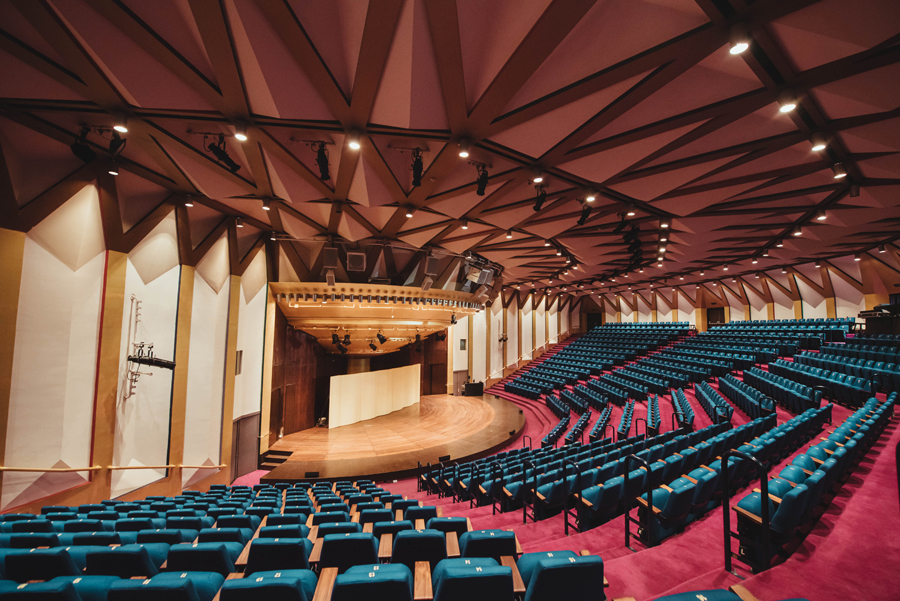
Widely heralded as one of India’s leading cultural institutions, The National Centre for the Performing Arts (NCPA) in Mumbai recently celebrated 50 years. Established in 1969 by the theatres’ namesakes, J.R.D. Tata and Dr. Jamshed Bhabha, The NCPA inaugurated its current building complex — including the Tata Theatre — in 1980. The Jamshed Bhabha Theatre was added later, in 1999. Although both are mid-sized venues, they are of dramatically different design.
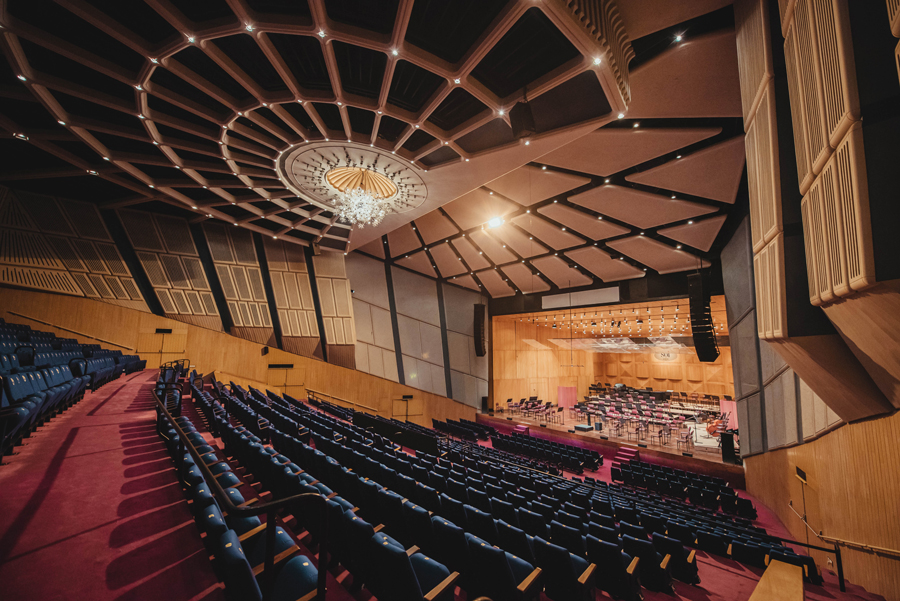
The 1,010-seat Tata Theatre was conceived by American Modernist architect Philip Johnson as an intimate, semi-circular space with only 15 meters separating the first and last seating rows; it is the preferred venue for Indian classical concerts, Western chamber music and both Western and Indian dramatic performances.
The Jamshed Bhabha Theatre, with a capacity of 1,109, offers a more typical proscenium venue better suited to opera, ballet, Western orchestral music, and theatre. Prior to the recent renovations, the Tata Theatre offered only a minimal vocal system and the Jamshed Bhabha Theatre had no system at all. This was increasingly problematic as a wider diversity of programming coupled with changing public tastes dictated increasing use of amplification.
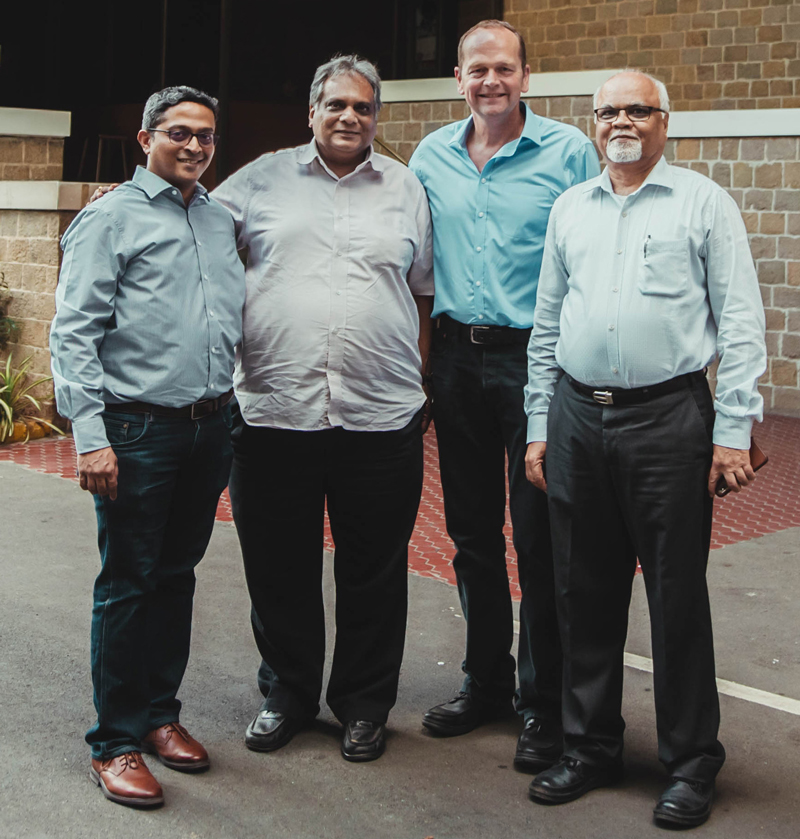
“In years past we were required to hire in systems of various brands from different vendors,” says Nayan Kale, NCPA General Manager, Technical. “This was consuming a lot of set-up time and affecting the quality of sound.”
To develop a technical brief for meeting all performance goals, NCPA management engaged London-based consultant Richard Nowell of RNSS Ltd. to fashion permanent solutions based on the latest technologies.
After visiting the venues and consulting with Kale and Chief Audio Engineer Ashwin Jyoti, Nowell responded with a base specification allowing three options from different loudspeaker manufacturers. Based on stated performance specifications, availability of local support and familiarity with similar systems elsewhere, a Meyer Sound solution was chosen for both venues.
The Tata Theatre presented a unique set of challenges. The extreme width and shallow depth, coupled with the unique acoustical features created by legendary acoustician Cyril Harris, rendered the typical line array solution a poor choice.
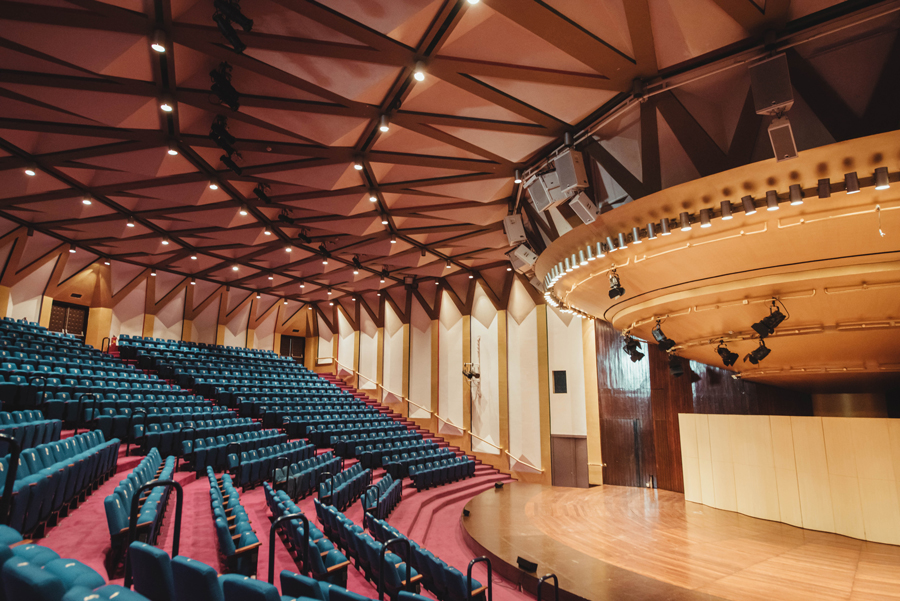
“The Tata was originally — and brilliantly — designed for Indian classical music and dance. The design puts the audience 150 degrees around what is effectively a thrust stage. The historical status of the architecture meant we wished the installation to be as unobtrusive as possible.
This required a complete rethink of how amplified music might be approached in this space. The look of the system was almost as important as the sound. Mr. Kale went to enormous lengths to provide a new rigging system, and Meyer Sound provided colored cabinets to match the room whilst the new UP-4slims allowed a front fill solution that was visually unobtrusive.”
The distributed system comprises five evenly spaced clusters, each with a UPQ Family loudspeaker over a UPJ-1P loudspeaker for even front-to-back coverage. Spaced between these clusters, three 900-LFC low-frequency control elements supply ample bass energy.
Front fills are five UP-4slim loudspeakers, with system management supplied by a Galileo® GALAXY™ 816 network platform and comprehensive system monitoring enabled via an RMServer. Systems for both theatres were supplied and installed by Image Engineering of Mumbai under the direction of Nainesh Vora.
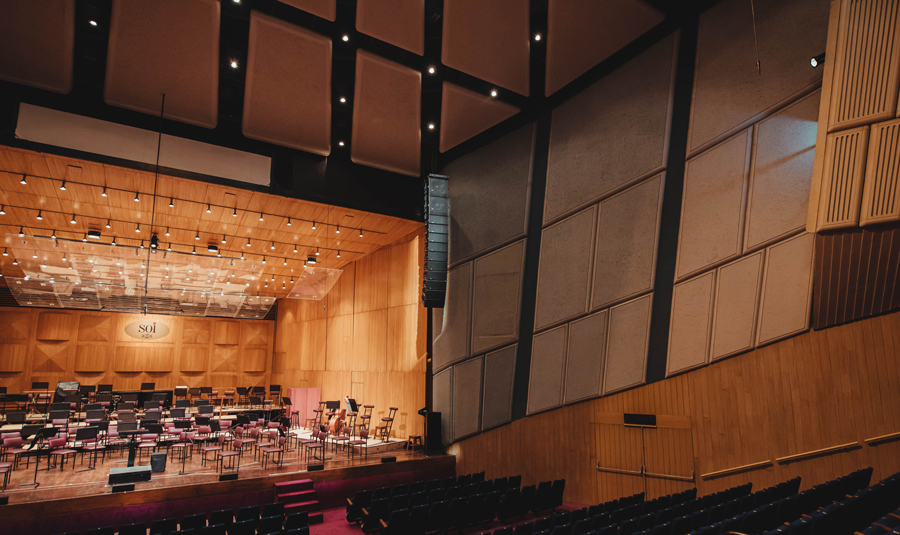
The greater depth and narrower dimensions of the Jamshed Bhabha Theatre pointed to a line array solution, in this case realized by 10 LEOPARD™ loudspeakers per side, with each array flown underneath two 900-LFC low-frequency control elements. Near fills are seven UP-4slims, with pairs of UPQ Family and UPM-1XP loudspeakers positioned back in the auditorium as delays. Also included were a GALAXY 816 processor, an RMServer for monitoring system performance and a pair of UPJ-1P loudspeakers for confidence monitoring in the mixing booth.
“The new systems have definitely reduced set-up time, and they are much safer because of the permanent cabling,” observes Nayan Kale. “Now we have a good level of sound across the seats and greater consistency across different performance types. The Meyer Sound self-powered systems also help save onstage space, which had otherwise looked cluttered with the equipment racks of the hired systems.”
The response from artists and audiences has been overwhelmingly positive, Kale maintains. “It has satisfied all requirements for performances from jazz to rock and classical. The audiences are appreciating the crystal clear music and speech in every seat.” “In both theatres, the systems have outperformed even my expectations,” adds Richard Nowell, “and have been incredibly well received by engineers from all music genres.”
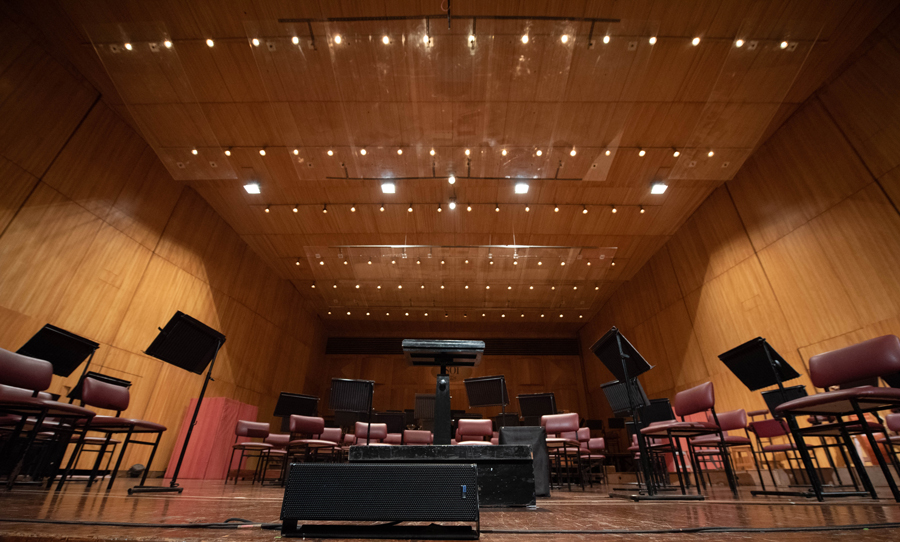
The NCPA recently capped its golden anniversary celebrations with the Add Art Festival from November 29th to December 1st , with featured performances in both theatres by — among many others — Arturo Sandoval, Zakir Hussain and the NCPA’s own resident Symphony Orchestra of India. The performing arts centre will begin 2020 with a new portable system of two ULTRA-X40 loudspeakers and two 900-LFC low-frequency control elements for performances and rehearsals.
More on the meyer Sound website







